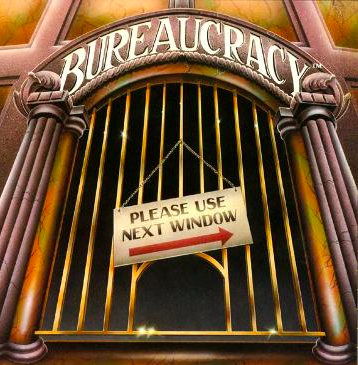
Capitulation refers to a drastic and sudden selling of securities or assets as investors give up hope that prices will recover. This can lead to a sharp drop in prices and a sense of panic among investors. It is often seen as a sign of market bottoming, as it can clear out weak hands and create buying opportunities for long-term investors.
What is Capitulation?
Capitulation is a psychological phenomenon that occurs when investors give up on a stock or an asset and decide to sell it, often at a loss. This can happen when the market or a particular stock experiences a prolonged period of decline or volatility. As investors lose confidence in the market or the asset, they may start selling in large numbers, leading to a sharp drop in prices.
Examples of Capitulating
One of the most famous examples of capitulation occurred during the 2008 financial crisis. As the crisis deepened, investors became increasingly fearful and started selling their stocks en masse. The S&P 500 index fell more than 50% from its peak in October 2007 to its trough in March 2009, as investors capitulated.
Another example of capitulation occurred during the Dotcom Bubble in the late 1990s. Many investors poured money into internet-related companies, causing their stocks to soar to unsustainable levels. However, when the bubble burst in 2000, investors quickly lost faith and started selling their stocks, leading to a sharp decline in prices.
Pros and Cons
One of the main benefits of capitulation is that it can clear out weak hands and create buying opportunities for long-term investors. When investors sell in panic, they often sell at a loss, which can create buying opportunities for investors who are willing to hold on for the long-term.
However, it can also have negative effects, such as creating a sense of panic among investors and causing prices to drop sharply. Capitulation can also lead to a self-fulfilling prophecy, as the selling can create a downward spiral that can be difficult to stop.
Thus, capitulation is a psychological phenomenon that can occur when investors give up on a stock or an asset and decide to sell it, often at a loss. While capitulation can create buying opportunities for long-term investors, it can also cause prices to drop sharply and create a sense of panic among investors. As an investor, it is important to remain disciplined and avoid making emotional decisions based on short-term market movements.




